Significance
Changhua Confucius Temple had the most complete education system of any public educational institution in Taiwan in the early Qing Dynasty. Baisha Academy, one of the four major educational institutes in Taiwan at the time, was set up here. For this reason, this Confucian temple played an important role in the cultural and educational development of Central Taiwan. Several inscription plaques bestowed by Qing emperors still hang in Dacheng Hall. Among them, one with the inscription “heretofore unseen” from the Yongzheng Emperor and another inscribed with the phrase “as great as heaven and earth” from the Qianlong Emperor have the highest historic value. Another celebrated object kept in the temple is the large bronze bell commissioned by former County Magistrate Yang Gui-sen. Other special features of the hall include the sides of Dacheng Hall’s foundation platform, which are adorned with patterned tiles, and the lifelike dragon carved on the center staircase, which serves as a symbolic passage for the emperor and divine deities. Changhua Confucius Temple is the only Confucian temple in Taiwan to have brick carvings of flowers and birds inlaid in the walls on either side of its Ji Gate (the Halberd Gate), and six heavenly vessels, which represent the idea that Confucius was a conduit between heaven and earth due to his vast knowledge, along the roof ridge of its Lingxing Gate (the outer gate of a typical Confucian temple). For this reason, Changhua Confucius Temple is considered to be an exemplar of mid-Qing dynasty architecture in Taiwan, particularly in comparison to the Confucian temples of Fengshan, Chiayi, Danshui, etc., that either no longer exist or are poorly preserved.
History
Changhua Confucius Temple was the original location of Changhua County School. Changhua was granted county status in 1723. In 1726, County Magistrate Zhang Gao hired craftsmen from Zhangzhou, Quanzhou, and Chaozhou in mainland China and had building materials shipped over to Taiwan to build the temple. In 1745, Tamsui Tongzhi (a subordinate official of the head of Taiwan Prefecture) Zeng Yue-ying, who was in charge of Changhua County, had Baisha Academy constructed to the left of the temple. In 1786, Minglun Hall and the County Educational Administration Office were destroyed during an anti-Qing rebellion led by Lin Shuang-wen, a Ming dynasty loyalist. Later in 1816, Wenchang Shrine, dedicated to the God of Literature and Culture, was built on the old site of Minglun Hall, and Baisha Academy was reconstructed. In 1830, County Magistrate Li Tingbi had the temple renovated. The foundation was raised by over two feet and the pillars in front of Dacheng Hall were replaced with two dragon columns and twenty stone pillars, while the terrace was also raised by more than two feet. Minghuan Shrine, which commemorates celebrated officials, Xiangxian Shrine, which commemorates respected local gentry , and the ritual equipment storage facility and musical instrument storage facility were also built next to Chongsheng Shrine, which honors the ancestors of Confucius. The layout of these structures form the basis of the temple complex today. During the Japanese Colonial Period, Baisha Academy was torn down due to a road widening project. The temple underwent major repairs twice after World War II and was proclaimed a national historic site in 1983.
Special Features
1Architectural Layout Changhua Confucius Temple is designed as a series of four buildings separated by three courtyards. The buildings are the Lingxing Gate, the Ji Gate, Dacheng Hall, and Chongsheng Shrine. The temple’s architectural layout is the result of the reconstruction of 1830. Spatial arrangement in the temple reflects that of Confucian temples in mainland China—its Minglun Hall is to the left of its Dacheng Hall. In ancient times, it was a tradition in the Zhangzhou and Quanzhou areas to set up a Chongsheng Shrine in each Minglun Hall in an educational institution. However, the addition of Xiangxian Shrine and Minghuan Shrine on either side of Chongsheng Shrine behind the temple’s Dacheng Hall is definitely a Taiwanese practice.
Changhua Confucius Temple is designed as a series of four buildings separated by three courtyards. The buildings are the Lingxing Gate, the Ji Gate, Dacheng Hall, and Chongsheng Shrine. The temple’s architectural layout is the result of the reconstruction of 1830. Spatial arrangement in the temple reflects that of Confucian temples in mainland China—its Minglun Hall is to the left of its Dacheng Hall. In ancient times, it was a tradition in the Zhangzhou and Quanzhou areas to set up a Chongsheng Shrine in each Minglun Hall in an educational institution. However, the addition of Xiangxian Shrine and Minghuan Shrine on either side of Chongsheng Shrine behind the temple’s Dacheng Hall is definitely a Taiwanese practice.
2The Lingxing Gate The Lingxing Gate, the main entrance to the temple, is a five-kaijian design (kaijian refers to the ancient Chinese architectural unit denoting the openings between the pillars). Its roof ridge is divided into three sections, each of which has swallow tail extensions at both ends. Lingxing means the Star of Learning (the God of Knowledge in Chinese mythology). The gate is so named because Confucius is seen as the reincarnation of the Star of Learning. Unlike other temples, no door gods are painted on the door panels. Instead, 108 metal studs decorate the doors in accordance with Confucian temple traditions. The heavenly vessels, six bamboo-shaped cylinders along the roof ridge, are a major feature of the temple; other Confucian temples typically have just two. They symbolize loftiness, and imply that in his nobility of character Confucius can be seen as a conduit between heaven and earth and that his teachings are a link between the ancient past and the present. On each side of the entrance is a drum-shaped stone. The exquisitely carved spiral design on the stones represents Jiaotu, the fifth son of the dragon in Chinese mythology, who protects the lair from intruders; they therefore act as guardians to the temple.
The Lingxing Gate, the main entrance to the temple, is a five-kaijian design (kaijian refers to the ancient Chinese architectural unit denoting the openings between the pillars). Its roof ridge is divided into three sections, each of which has swallow tail extensions at both ends. Lingxing means the Star of Learning (the God of Knowledge in Chinese mythology). The gate is so named because Confucius is seen as the reincarnation of the Star of Learning. Unlike other temples, no door gods are painted on the door panels. Instead, 108 metal studs decorate the doors in accordance with Confucian temple traditions. The heavenly vessels, six bamboo-shaped cylinders along the roof ridge, are a major feature of the temple; other Confucian temples typically have just two. They symbolize loftiness, and imply that in his nobility of character Confucius can be seen as a conduit between heaven and earth and that his teachings are a link between the ancient past and the present. On each side of the entrance is a drum-shaped stone. The exquisitely carved spiral design on the stones represents Jiaotu, the fifth son of the dragon in Chinese mythology, who protects the lair from intruders; they therefore act as guardians to the temple.
3The Dismounting Stele and the Stele of the Wall of Supreme KnowledgeOn the left side of the Ji Gate is the Dismounting Stele, on which is carved in both Chinese and Manchurian, “All court officials, soldiers, and civilians shall dismount from their horses here.” It was intended to remind all horse riders of any status to dismount and walk to show the utmost respect to Confucius. Meanwhile, the phrase Wall of Supreme Knowledge, carved on the stele on the right, is derived from the Analects of Confucius: “The walls surrounding the home of Confucius are several ren (an ancient unit of length) tall. It is impossible to see the beauty of his residence from outside the walls.” This metaphor describes the unfathomable depths of Confucius’ knowledge.
4The Ji Gate The Ji Gate is the second gate of the temple and the first of this architectural design among Confucian temples in Taiwan. The Ji (halberd) is an ancient weapon. It was said that all military personnel must leave their weapons at this gate before entering the temple in a show of respect for Confucius. The brick carvings in the walls on both sides of the gate are another unique feature of Changhua Confucius Temple; they are rarely seen in other temples in Taiwan. The peony and vase carvings symbolize fortune and peace. A pair of Chiwen (the second son of the Chinese mythological dragon) can be found here, each with a dragon head and a fish tail. According to legend, Chiwen like to spew water and are therefore installed on rooftops for protection against fires. A bell cast in 1811 and inscribed with the words “Changhua County, Taiwan Prefecture” hangs inside the gate. The moon gates on the sides were octagonal before reconstruction. They are called lǐmén, the door of etiquette, and yìlù, the path of righteousness.
The Ji Gate is the second gate of the temple and the first of this architectural design among Confucian temples in Taiwan. The Ji (halberd) is an ancient weapon. It was said that all military personnel must leave their weapons at this gate before entering the temple in a show of respect for Confucius. The brick carvings in the walls on both sides of the gate are another unique feature of Changhua Confucius Temple; they are rarely seen in other temples in Taiwan. The peony and vase carvings symbolize fortune and peace. A pair of Chiwen (the second son of the Chinese mythological dragon) can be found here, each with a dragon head and a fish tail. According to legend, Chiwen like to spew water and are therefore installed on rooftops for protection against fires. A bell cast in 1811 and inscribed with the words “Changhua County, Taiwan Prefecture” hangs inside the gate. The moon gates on the sides were octagonal before reconstruction. They are called lǐmén, the door of etiquette, and yìlù, the path of righteousness.
5Dacheng Hall Dacheng Hall is an independent structure, not connected to Lingxing Gate or Chongsheng Shrine. The shrine which houses Confucius’ memorial tablet stands in the center of the hall, with carved wooden panels over it for decoration. The hall’s wooden pillars, adorned with circling dragons and decorated capitals, provide both ornamentation and structural support. The hall has a width of five kaijian and a hip-and-gable roof with double eaves, one above the other. An open arcade surrounds the building. In front of Dacheng Hall is a platform where ceremonies to pay respects to Confucius are carried out. Inside the hall, inscription plaques bestowed by various Qing emperors are hung. Among them are plaques from the Yongzheng Emperor, the Qianlong Emperor, the Jiaqing Emperor, the Xianfeng Emperor, and the Tongzhi Emperor, all praising Confucius’ superior knowledge and personal character.
Dacheng Hall is an independent structure, not connected to Lingxing Gate or Chongsheng Shrine. The shrine which houses Confucius’ memorial tablet stands in the center of the hall, with carved wooden panels over it for decoration. The hall’s wooden pillars, adorned with circling dragons and decorated capitals, provide both ornamentation and structural support. The hall has a width of five kaijian and a hip-and-gable roof with double eaves, one above the other. An open arcade surrounds the building. In front of Dacheng Hall is a platform where ceremonies to pay respects to Confucius are carried out. Inside the hall, inscription plaques bestowed by various Qing emperors are hung. Among them are plaques from the Yongzheng Emperor, the Qianlong Emperor, the Jiaqing Emperor, the Xianfeng Emperor, and the Tongzhi Emperor, all praising Confucius’ superior knowledge and personal character.
6The Sides of Dacheng Hall’s Foundation PlatformThe sides of Dacheng Hall’s foundation platform were built with special brick masonry techniques. Inset areas were filled with lime to set off four red-brick patterns of Buddhist swastikas, incense burners, ancient coins, and turtle shells, symbolic of auspiciousness and fortune.
7The Dragon Columns of Dacheng HallThe pair of granite dragon columns in Dacheng Hall was installed during the temple’s 1830 reconstruction. A single dragon circles each column. The dragon on the left column has its mouth open while the one on the right keeps its mouth closed. Each dragon holds a pearl in the four claws of one front foot. The cloudlike grain of the granite serves as natural decoration and some parts of the columns were done in openwork carving to give the dragons depth.
Reminders
The temple is open from 8:30 a.m. to 5 p.m. Entry is free of charge. The main gate is closed all year round except on the 28th of September, when the annual ceremony to honor Confucius is held. Visitors can use the side doors. The temple is closed on election days and during folk festivals.
Panoramic
Directions